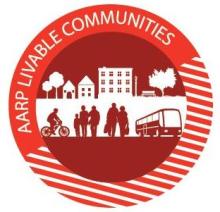Christopher Mitchell to be Keynote Speaker at ‘Livable Appalachia Summit’
This month Director of the Community Broadband Networks Initiative for ILSR Christopher Mitchell will join the panel for a four-part virtual series on developing communities that foster safe and thriving lifestyles for an aging population. The North Carolina, Virginia and Tennessee AARP offices are partnering to present the Livable Appalachia Summit in an effort to bring experts and local leaders together to share ideas and connect about the best way to support their communities.
Mitchell will be the keynote speaker for the second part of the series, “Our Connections: Creating Broadband Networks” which will be on Oct. 15. He will be one of six experts and leaders discussing what rural communities across the country are doing to close the digital divide by connecting underserved communities. They will talk about opportunities and barriers that exist when it comes to providing low-cost access to lower-income households.
The series started on Oct. 1 and will run through Dec. 3. Sessions will run from 10:00 AM - 11:30 AM. More details are below:
Presentations/Discussions:
10/1 Our towns: Growing with Grace
10/15 Our connections: Creating Broadband Networks
11/12 Our homes: Affordable and Accessible Housing
12/3 Getting there: Transportation Solutions
Register for the event here.



